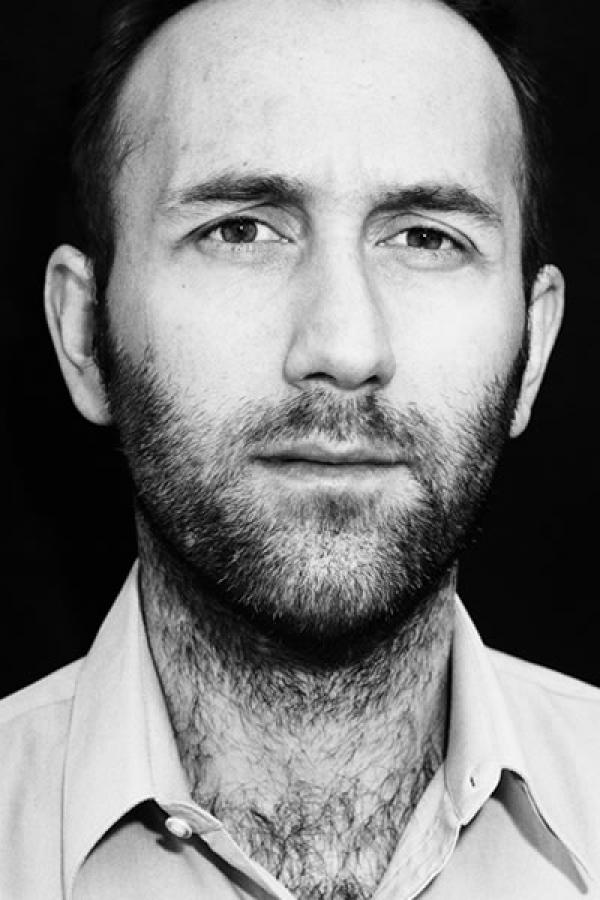K.E. Semmel

Photo by Eric Druxman
Bio
K.E. Semmel holds a BA in History from Edinboro University of Pennsylvania and an MA in English from Kansas State University, and he has lived and worked (as a mailman) in Denmark, where he learned Danish. His fiction, essays, and translations have appeared in Ontario Review, Washington Post, World Literature Today, Best European Fiction 2011, Southern Review, Subtropics, and elsewhere. For many years he worked in nonprofit communications and development, but today he's a full-time writer and translator. His translations include books by Karin Fossum, Naja Marie Aidt, Erik Valeur, Jussi Adler Olsen, Simon Fruelund, Kenneth B. Andersen, and, forthcoming in winter 2016, Jesper Bugge Kold. In addition to this NEA fellowship, he has received numerous grants from the Danish Arts Foundation. He now resides in Milwaukee, Wisconsin, with his wife and son.
Translator's Statement
What does this award mean to me? Over the years I’ve received many grants from the Danish Arts Foundation, for which I’m extremely grateful. Being recognized by the National Endowment for the Arts is an equally incredible honor, especially since it was judged by a jury of my translator peers. I’ve been translating for about ten years now (starting out while working a demanding full-time job), and I’ve now done eight books and countless other projects; but translating, like writing, is a very solitary experience. To be recognized for the work you do by people who do the same thing—well, that means quite a lot. So it was a huge thrill for me that so many big-name translators reached out to me on the day the NEA announcement was made.
But something else: I’ve been working on Simon Fruelund’s fiction since I started translating. In fact, it was how I got started. I’ve tinkered on his stories and novels in between larger, paid projects, getting a number of the stories placed in literary journals and finally managing to publish two of the books with smaller independent presses. The larger mainstream publishing houses never quite saw what I see in Simon’s work (at least not yet): a lean, minimal, understated style that I find very appealing, funny, unique, and richly evocative.
On the very day the news was announced, however, I was contacted by several publishers requesting to see more, and that too was a thrill. Without the NEA fellowship, I just don't see that happening. In addition to The World and Varvara, I now believe there’s a very strong chance I will be able to translate at least one other Fruelund title—and that’s something that I would love the opportunity to do.
from The World and Varvara by Simon Fruelund
[Translated from the Danish]
An author is helping Varvara Eng write her memoirs, and that author is me.
It was an arrangement brokered by the publishing house.
It was accompanied by a check (which I immediately cashed) along with a few admonishments (that I barely heard), and I’ve promised to complete the manuscript in eight weeks.
The book is to be published when Varvara turns eighty.
—I want a writer, she’d told my editor. I want someone who knows how to lie without being detected.
Varvara Eng has lived nine lives.
In the first she did everything that was expected of her.
In the second she did nothing of what was expected.
In the third she had four children.
In the fourth she became an actress and shocked the landed gentry of Zealand.
In the fifth she took a nap.
In the sixth she was perpetually married.
In the seventh she remained unmarried, but had an almost unbroken chain of affairs.
In the eighth she became a morphine addict, a Christian, and an expert on roses.
In the ninth she died of boredom.
About Simon Fruelund
Since the publication of his first book in 1997, the story collection Milk, Simon Fruelund has continually refined and shaped his minimal-realist writing: a subdued, unadorned style that suggests far greater mysteries lie beneath the surface. The World and Varvara was published in 2009 and represents a further evolution of what I’ve called Fruelund’s pointillist mode, slowly unfurling each character and story one spare vignette at a time, while simultaneously broadening the scope of his narrative to one of international proportions and creating a compelling drama in the process—one that is often quite funny in Fruelund’s typically understated way.

